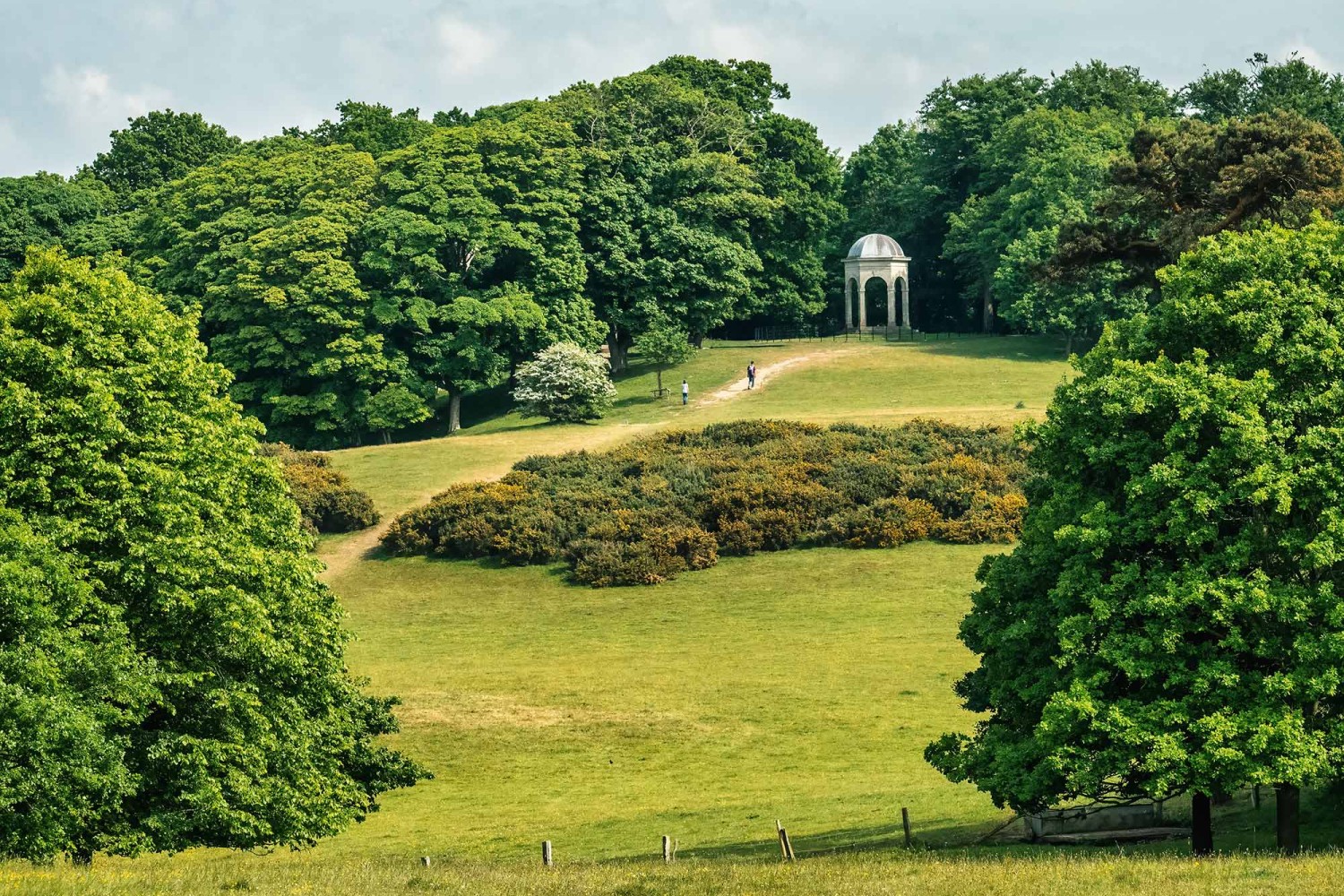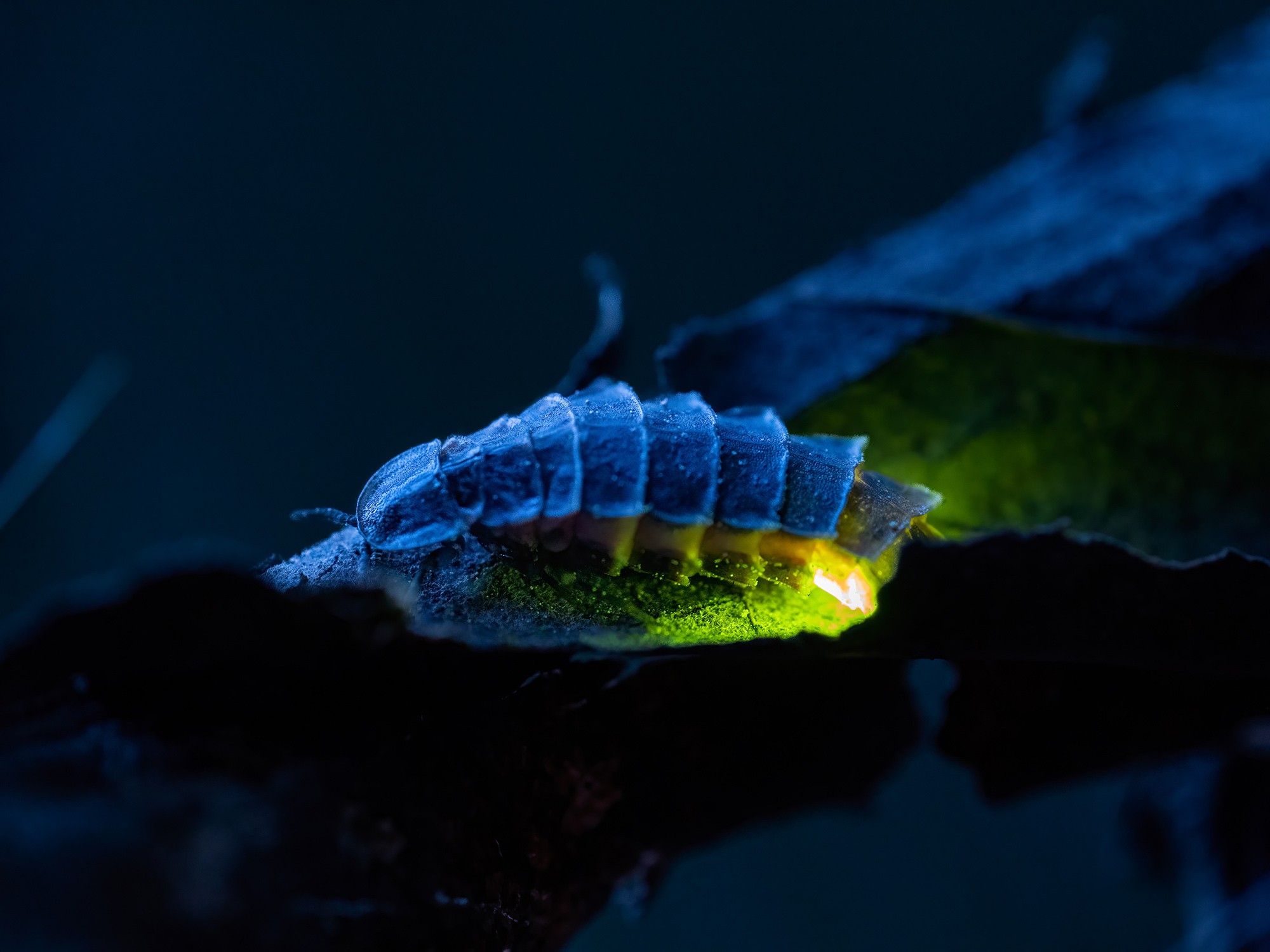
Earth-born star of evening
Inspiring many literary legends through the ages, including the great poet William Wordsworth, the humble glow worm is both an enchanting and elusive creature...
The magical glimmer of a glow worm might seem to belong only on the pages of a story or within the lines of a poem, but a survey carried out earlier this year suggests a thriving colony gleams in the grounds of Norfolk’s picturesque Sheringham Park.
On a warm and dry summer’s night under the darkness of a new moon, volunteers and staff at the National Trust site carried out an annual glow worm survey and found over 50 shining females, placing it in the top three locations for sightings across the UK this year.
“The cool green light of a glow worm is as bright as a LED indicator on a TV,” describes Rob Coleman, the National Trust Senior Programming and Partnerships Officer who carried out the survey at Sheringham Park. “It’s a beautiful sight to come across these tiny sparks in the heathland or meadow. They’re such fascinating things.”
Rob’s appreciation is shared by glow worm enthusiast Robin Scagell, who founded the UK Glow Worm Survey over 30 years ago. “The light is emitted from the bioluminescent abdomen of wingless female glow worms in search of a mate,” he explains. “Despite their name, the glow worm is actually not a worm at all, but a small beetle around 25mm long.”
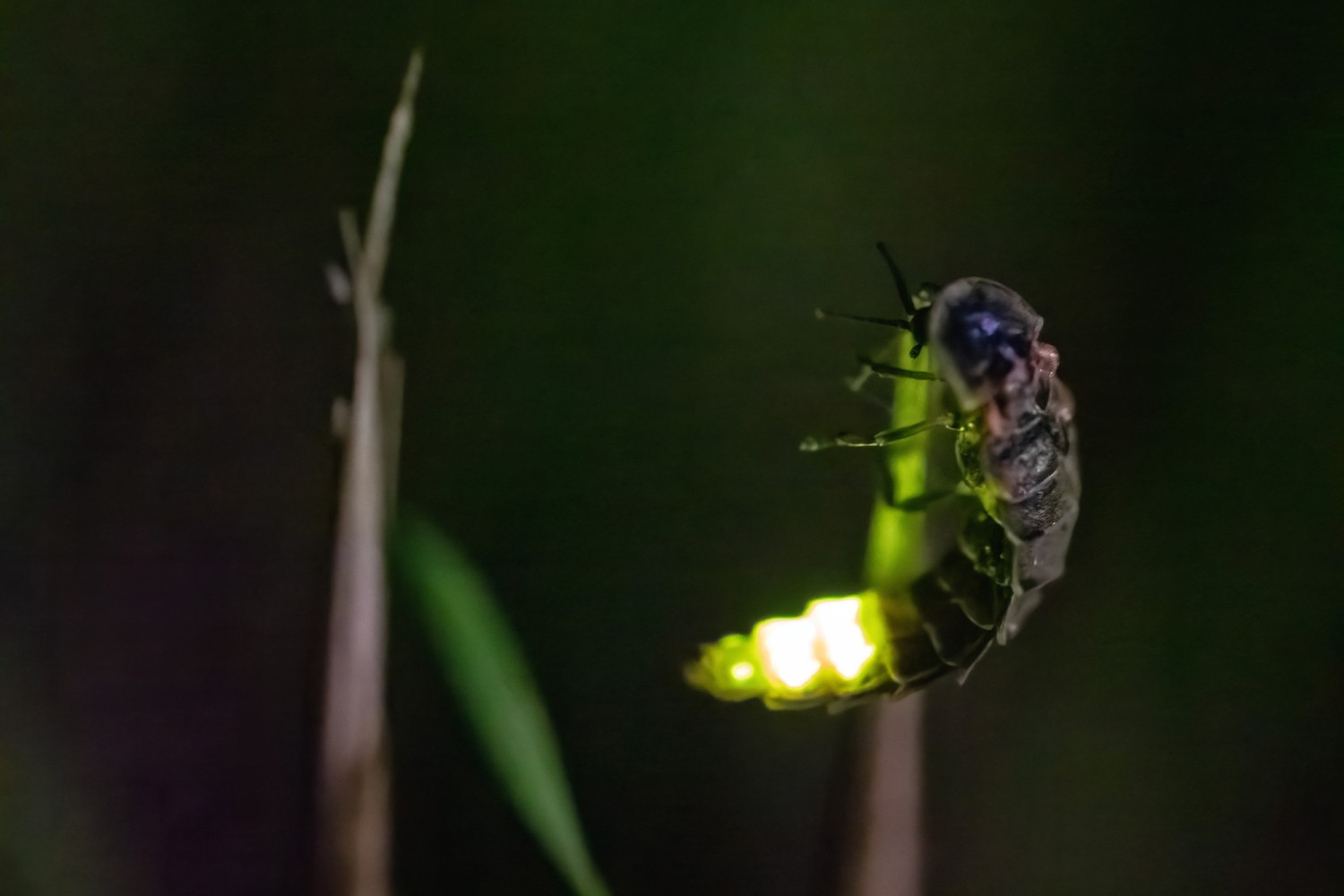
Only unmated female glow worms light up. They climb plant stems, curl their tails upwards and a chemical reaction causes the last two segments of their body to illuminate for up to two hours.
Meanwhile, male glow worms fly around seeking out the light from potential partners with large photosensitive eyes. “The males are free to mate multiple times, but the females can be fertilised just once, after which they lay up to 100 eggs,” Robin explains. “The female’s body becomes paper thin and, having fulfilled her role, she will die.”
Adult glow worms do not have mouth parts, preventing them from feeding, which limits their lifespan at this stage to just a few weeks while they focus on reproduction. In contrast, glow worm larvae spend approximately two years hunting, growing, and residing in crevices and under leaf litter.
“The method of feeding for glow worm larvae is a little like something from a horror film,” Robin shares. “They enjoy eating slugs and snails, which they bite and inject with a paralysing toxin and liquifying digestive enzymes that turns the unlucky prey into a sort of broth. The larvae happily lap this up while sitting on the neck of the unfortunate mollusc!”
Robin started the Glow Worm Survey in the 1990s when he discovered a lack of public information was available on these mysterious creatures. He encourages people from across the UK to join this innovative citizen science project by recording their glow worm sightings and sharing their observations with him.
“Glow worms can be found all over Norfolk,” he says. “They’re widespread, but localised. You can go for miles without seeing a single one, then suddenly come across a patch with half a dozen on one night. Some sites are prolific every year, but numbers can vary considerably depending on conditions.”
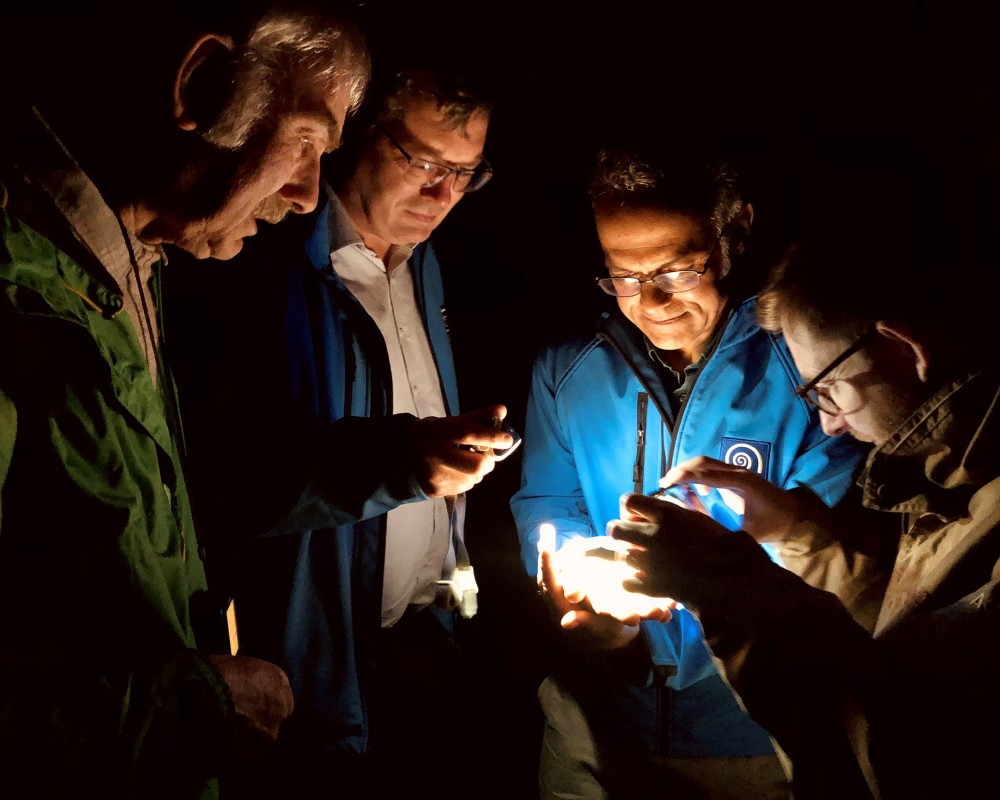
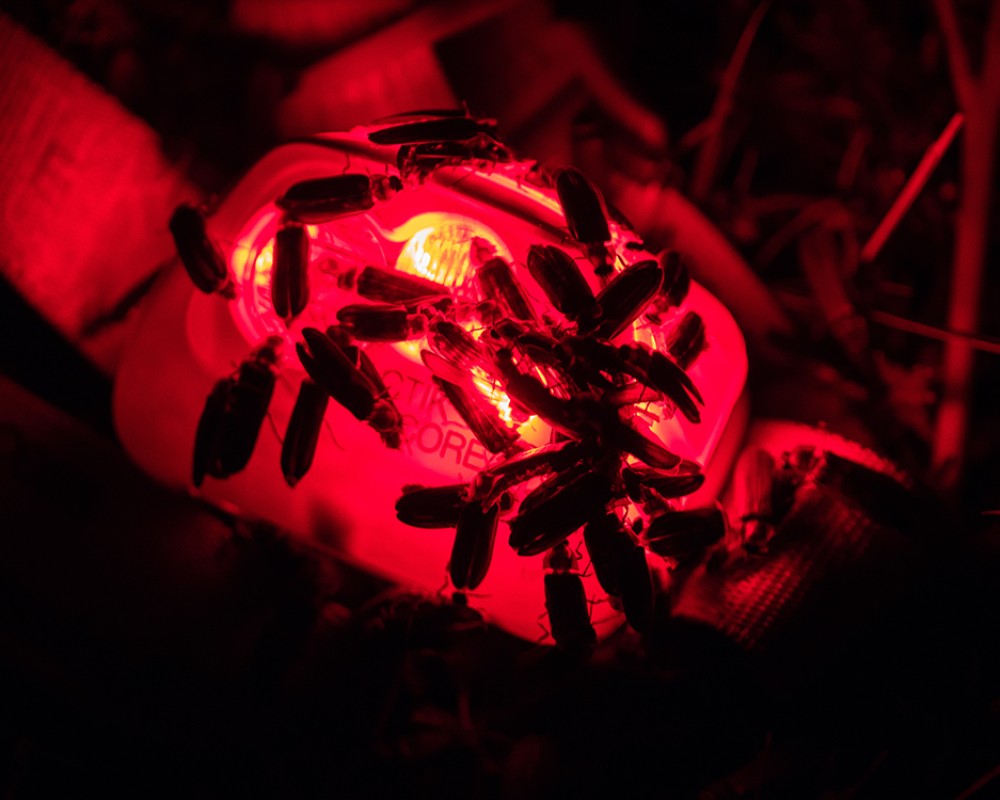
A typical British summer, with its mix of warm and showery weather, is perfect for glow worms. However, climate extremes seen in recent years are challenging the population. “People often ask me if glow worm numbers are declining,” Robin says. “It’s difficult to say because sightings submitted in surveys are generally so small, and numbers at any one site can vary significantly from year to year. Nonetheless, glow worms are currently classified as Near Threatened by the International Union for Conservation of Nature. More research is certainly needed.”
Glow worms favour heathlands, commons, and meadows, with several notable hot spots across Norfolk. “They are generally found in areas where the soil is poor,” Rob explains. “At Sheringham Park, they prefer the drier, more open sections of the site, although we also find them in wooded areas. You need a really dark night to spot them, and North Norfolk is blessed with a vast expanse of countryside with minimal light pollution.”
Robin urges anyone lucky enough to encounter glow worms to report their sightings on the UK Glow Worm Survey website, www.glowworms.org.uk, which provides further details on the best times and locations to observe these unique creatures.
“It’s wonderful to see a bright future for glow worms at Sheringham Park,” Rob concludes. “To have such a strong population of this increasingly enigmatic insect is remarkable. Through study, sympathetic habitat management and uninterrupted dark summer nights, we hope that glow worms will continue to fluoresce and flourish here.”
PICTURES: © National Trust Images, Rob Coleman
